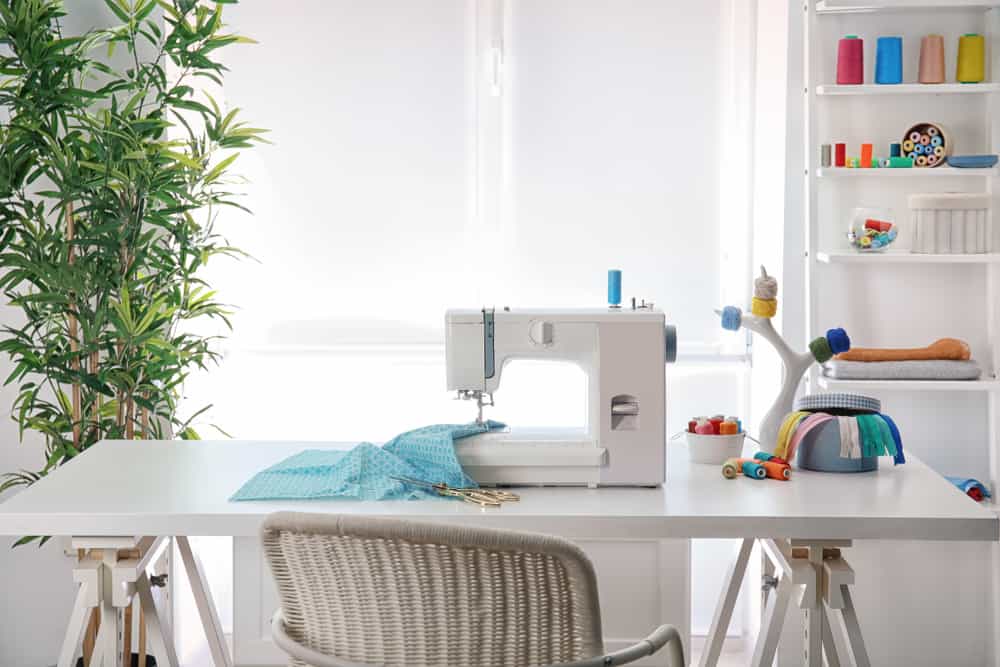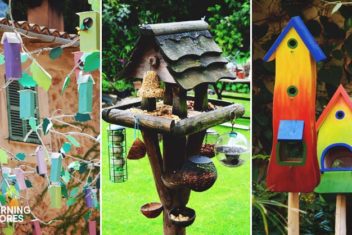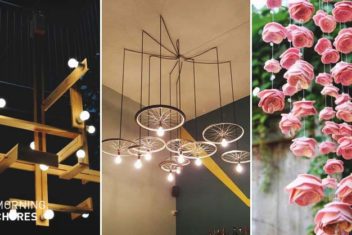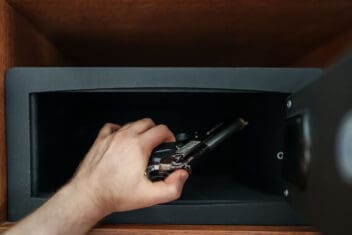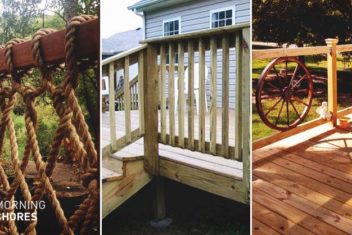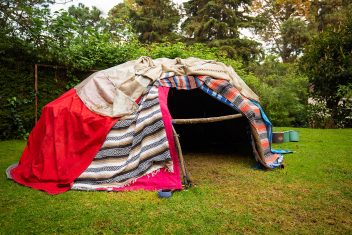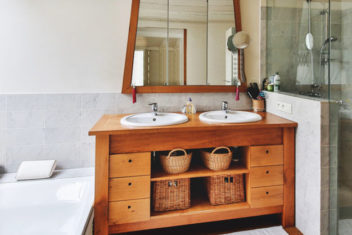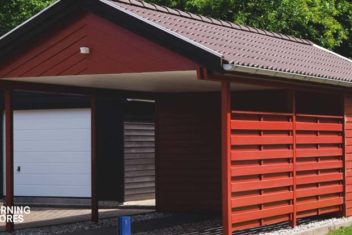Sewing can help boost our mood and allows us to express our creative side. It’s also an essential part of self-sufficiency. But not everyone has a spare room to turn into a sewing area. Many of us have to get creative when making room for crafting.
Before buying new chairs and sewing materials, assess your home. Do you have a spare room you could use? Or do you have an empty corner for a mobile sewing station?
There are options for large or small homes. Even someone with a studio apartment can make room for a seeing table if they know how. Let’s talk about picking the best spot, first.
Find the Ideal Spot
Finding the right spot for a sewing station can be tricky if you have limited space. Before you choose an area, look at your supplies and see how much room you’ll need. If space is limited, be ruthless about what you keep or eliminate.
For instance, a big ironing board might be nice, but can you get away with a little roll-up ironing mat?
If all you have is a sewing machine, a small toolkit, and some fabric, you might not need more than a small desk with drawers.
Take into account the size of your projects. Quilters will need a much larger sewing area than someone who specializes in small goods.
Now, look around your space. Could you turn half of your spare room into a sewing area? If you don’t have guests over all the time, you could easily use the room for your projects and then tuck your equipment away when people visit.
Or maybe you are far more limited in space. Could you use a stool with a lifted platform for your sewing petal to use your washer or dryer as a sewing table?
You could even get a craft cart with a shelf to hide your sewing machine. During the day, the cart could act as an end table and then as a sewing table when you’re ready to work. There are some really clever designs out there these days.
Some people even turn storage closets into folding craft desks, so the options are limitless if you use your imagination!

As you know, light is essential for sewing, as you have to be able to see small details. If you can, place your sewing area near a bright window or at least near outlets so you can have lots of artificial lighting.
Power outlets are also crucial for the sewing machine; you’ll have to plug it in when sewing, obviously. It’s best to have your set-up near a wall so people don’t trip over the wires.
Cleanliness is something that people often overlook when they are creating a crafting space. But sewing is a hobby that creates a lot of mess. Scraps of fabrics and loose thread are commonly around sewing machines.
For people who like order and cleanliness, think about how the mess will impact your life. You don’t want a sewing machine in your living room if you’ll be mortified if guests find stray threads on their clothes after visiting.
Plan Your Sewing Area Budget
It’s tempting to spend hundreds of dollars renovating a new sewing space, but it’s unnecessary.
The most significant expense for sewing is usually the machine. You can find used ones for cheap or maybe you know someone who is looking to get rid of theirs. It’s possible to find excellent deals on fabric and other supplies.
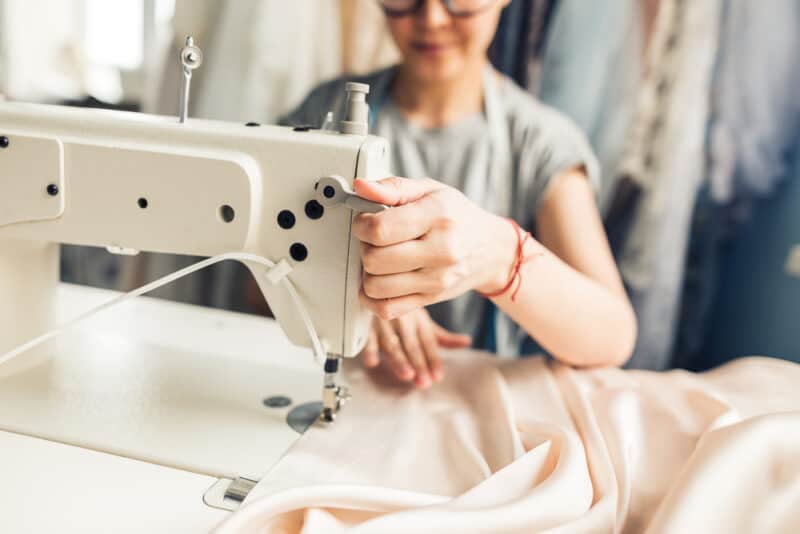
You can DIY furniture or buy it at second-hand shops. Vintage chairs and furniture are great for upgrading your corner without spending too much money.
Or you can go all out and buy a custom-made piece that will suit your exact needs.
Online platforms are smart places for finding sellers who want to get rid of old furniture. If you don’t love the look of a piece, you can always paint it.
If you want to turn an empty corner into a sewing station, look for desks with built-in shelves and drawers that you can utilize.
Making your sewing area doesn’t have to cost a fortune if you plan ahead and take your time sourcing the right equipment.
Choose Space-Saving Sewing Supplies
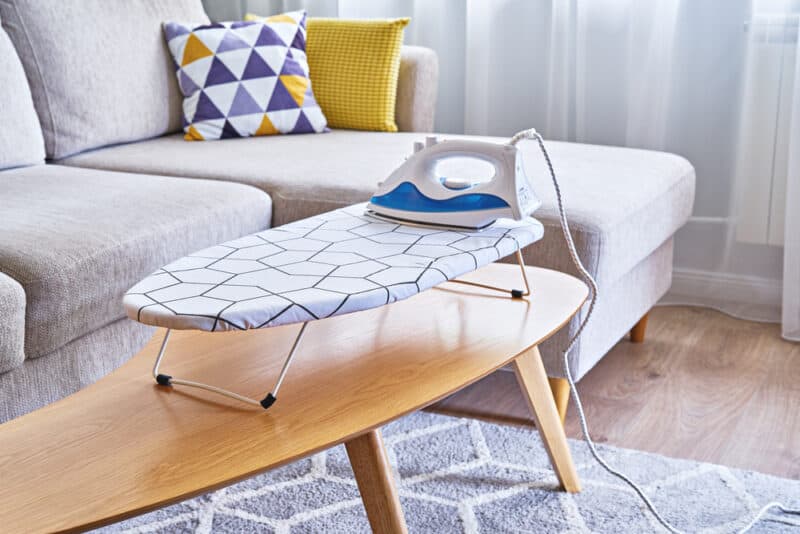
Supplies are the finishing touch to your sewing station, and they will make or break your projects if you don’t have the right tools. Beginners need several basic supplies, such as pins, a pincushion, a rotary cutter, and an ironing board.
If you don’t have an ironing board, there are small designs that can be placed on top of desks or tables. Or, you can find ironing mats that can be placed on any flat surface.
There are space-saving desks that have folding work surfaces or you can use an office desk as a multi-purpose space.
Don’t Forget About Storage
The last step in setting up your sewing area is storage. As mentioned, multiple tools and resources are needed for sewing, so you will need some storage. One way to store items without taking up floor space is to hang your tools on the wall.
Hanging fabric or needles on the wall around your sewing corner can motivate you to create when you feel unmotivated. It’s also convenient because they are ready to use. All you need to do is take them off the hook and start using them for sewing.
Displaying tools on the walls also enables you to check your inventory and track when you’re running low on items. You won’t need to look through drawers and keep a mental note. Walking past your crafting wall reminds you to run to the store or make an order.
Fabric is one of the most critical items for your sewing corner. Ensure you create an area where it can be stored and easily seen. There’s nothing worse than digging through a pile of fabric looking for just the right piece that you know you saw the other day.
Keep your supplies well organized. This saves space and makes work more manageable because you don’t have to hunt around. You can buy organization systems or make your own. For instance, small items like pins, thread, and measuring tape can be kept in bags, tackle boxes, or tool organizers.
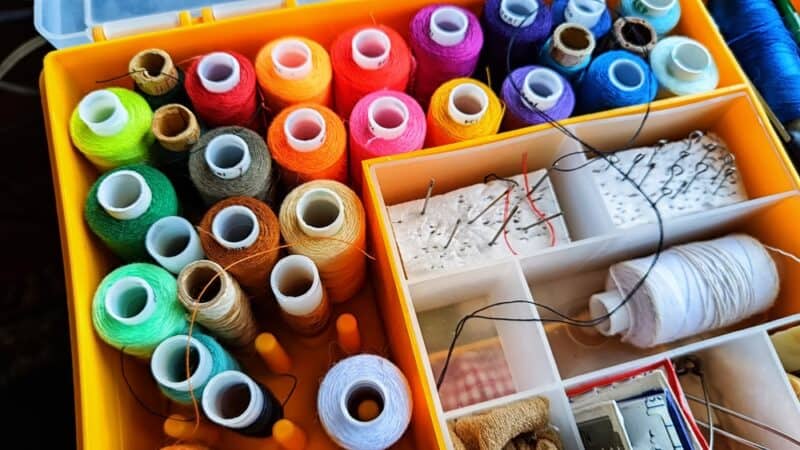
Storage can be fun, so pick designs that make you feel happy and encourage you to keep pursuing your crafts. Placing a bookshelf next to your sewing machine with crafting books and bright fabrics might inspire you.
Managing your fabric stash is also essential, as you need it to be accessible and easy to navigate. Fold your fabric and store it by color in drawers, boxes, hanging shoe shelves, or anything else that helps you stay organized.
Don’t forget about your patterns. You can store them in filing cabinets, folders, or drawers.
Your sewing station should be a happy place to relax and unwind from the day. So, include photos of family, a favorite candle, or place artwork to make it feel cozy. Enjoy sewing in your new crafting spot!
